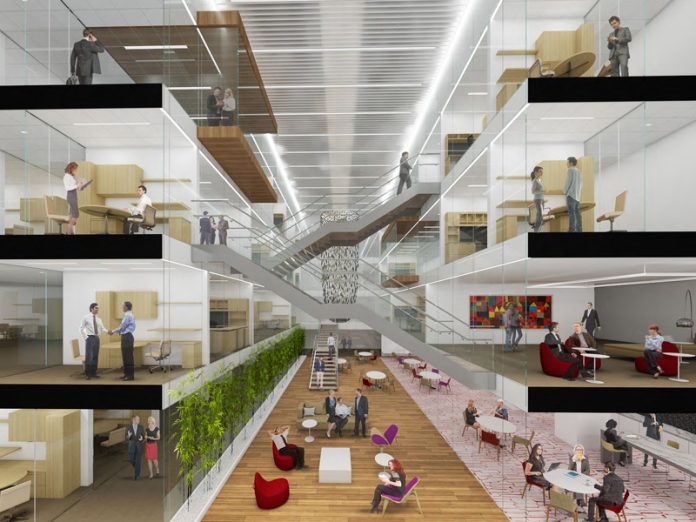
The heroic actions of a British taxi driver on November 15 in which he thwarted the efforts of a suicide bomber intending to attack a Liverpool hospital, underscores once again the vulnerability of medical facilities worldwide.
The driver locked the bomber inside the taxi in front of the hospital entrance and when the explosive was denoted it destroyed the taxi and killed the terrorist but caused no other injuries or damage to the hospital.
The incident was not the act of a single person as four others were arrested in the plot to bomb the hospital.
Coincidently, the attack came a few days after the conclusion of the annual International Association for Healthcare and Safety Conference in Myrtle Beach, S.C. Many of the participants at the convention are responsible for the security of the hospitals that employ them. Seminar topics addressed many issues related to hospital security, such as:
- Mitigating the Impact of Civil Unrest on Hospital Operations
- Detecting Suspicious Behavior through Kinesics
- Training security as ED psychiatric assistance to both improve care and decrease violence
It’s hard to dispute hospitals are becoming increasingly violent. According to the American Hospital Association and the Joint Commission 280 in-hospital assaults, homicides, and rapes were reported during the 17-year-period spanning 1995 to 2012. The situation has only worsened in the past decade.
COVID-19 has made matters worse. Specifically, the crushing realty for family members not able to see their loved ones infected with the virus and even more so when they die without being able to say good-bye has increased the animosity toward health care workers even more.
As a result, a bill aimed at workplace violence protections for health care workers has passed the House, as the Biden administration has urged lawmakers to advance legislation. The Workplace Violence Prevention for Healthcare and Social Service Workers Act passed the House in April and currently is working its way through the Senate. The bipartisan measure aims to require reporting and prevention policy mandates for health care facilities, where workers have been an increasing target of physical violence.
But one of the most important often overlooked discussion points related to hospital security is securing the building. This topic was addressed, in part, at the IAHSS conference during a seminar titled: Security Design Elements for Security Sensitive Areas.
Part of protecting health care workers is protecting the buildings they work in, mainly hospitals. And one of the first lines of defense in any hospital building is protecting the windows and glass entranceways. The lesson there can be learned from all the violent intrusions we have witnessed in our nation’s schools in recent years. A number of the intruders gained entrance through unprotected glass doors and windows.
The other significant component of window protection is preventing the glass from shattering during a bomb blast – like the aborted Liverpool incident – or a catastrophic weather event such as a tornado or hurricane. Flying glass shards from such incidents can be lethal to hospital patients and employees.
We need to look no further than the impact of Hurricane Michael in 2018 on hospitals and other health care facilities in Florida’s panhandle was enormous. The first Category 5 to strike the U.S. since Andrew in 1992 damaged nine hospitals so severely they were forced to close. Also, five nursing homes and 15 assisted-care facilities also closed. In each case, patients had to be evacuated to other facilities. Damage to the buildings included destroyed roofs, buckled walls and shattered windows.
The solution of protecting windows in hospital buildings is pretty simple: The installation of fragment retention window film or polycarbonate security glass system is the best way to keep armed intruders out of your hospital or other health care buildings and to prevent the glass from shattering and turning into lethal weapons. Security window films have been around for years and have been the go-to window protection for many of the country’s high-profile government buildings as well as commercial buildings, convention centers, airports and schools.
It appears that health care systems will be the next industry to seriously consider installing shatter resistant security films on their hospital building windows. In the past in other industries, it often was a reactionary decision following a tragic incident. In the case of protecting hospital buildings and the people inside, the idea is to get ahead of the issue before something happens. This was the focus of the participants at the IAHSS conference which was underscored a few days later in the terrorist bomb blast in Liverpool.








